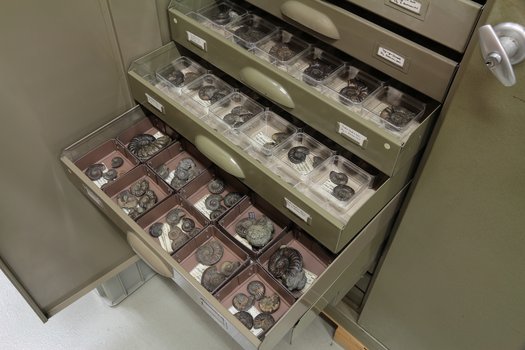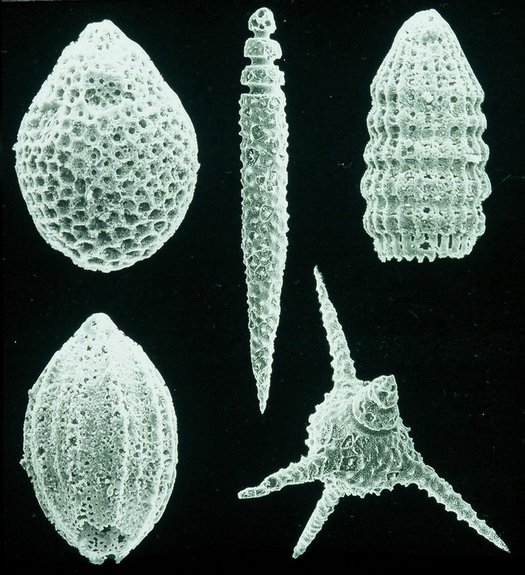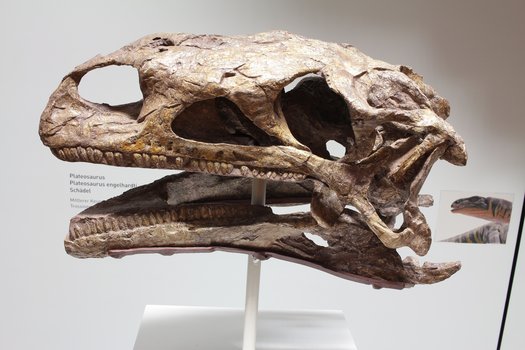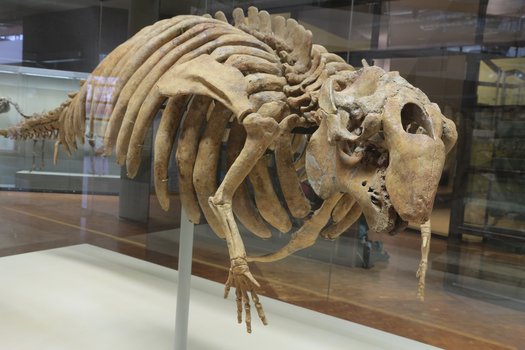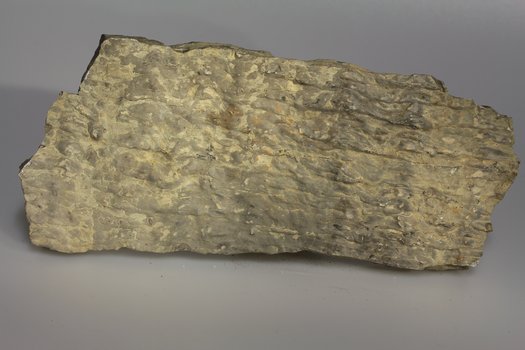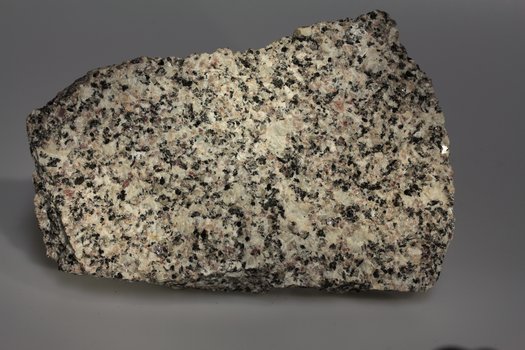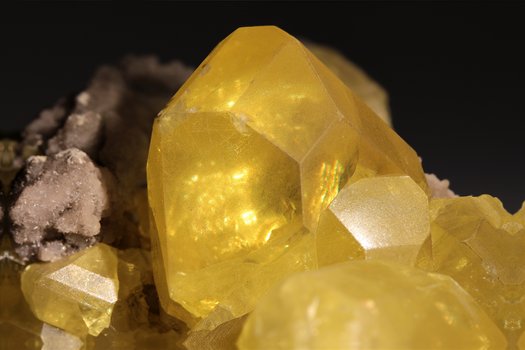Curator: Prof. Dr. Rainer Schoch
Collection: More than 80.000 objects (particularly amphibians and reptiles of the local formations, e. g. Bunter, Muschelkalk, Keuper and Posidonia Shale). In addition it contains numerous valuable finds of the Mesozoic from all over the world.
Main parts of collection:
From the State of Baden-Württemberg:
Bunter: Stereospondyl amphibians and prolacertiforms
Muschelkalk: Marine reptiles (nothosaurs, placodonts, ichthyosaurs)
Keuper: Stereospondyl amphibians, terrestrial archosaurs, turtles, aetosaurs, phytosaurs and dinosaurs (Plateosaurus, Sellosaurus, Procompsognathus, Halticosaurus)
Posidonia Shale: Ichthyosaurs, plesiosaurs, marine crocodiles, sphenodonts
Upper Jurassic: Marine crocodiles
From other localities:
Jurassic and Cretaceous dinosaurs from the USA.
Mammal-like reptiles from South Africa and South America.
Triassic reptiles from the USA, South Africa, South America, and Russia.
Permian and Carboniferous amphibians from Germany
Importance of collection: This is one of the largest and most valuable collections of fossil amphibians and reptiles. It includes some of the most ancient turtles and dinosaurs known at all, the largest amphibians that ever existed, numerous rare plesiosaurs, ichthyosaurs with embryos, as well as the historically oldest find of an ichthyosaur stemming from 1749.


